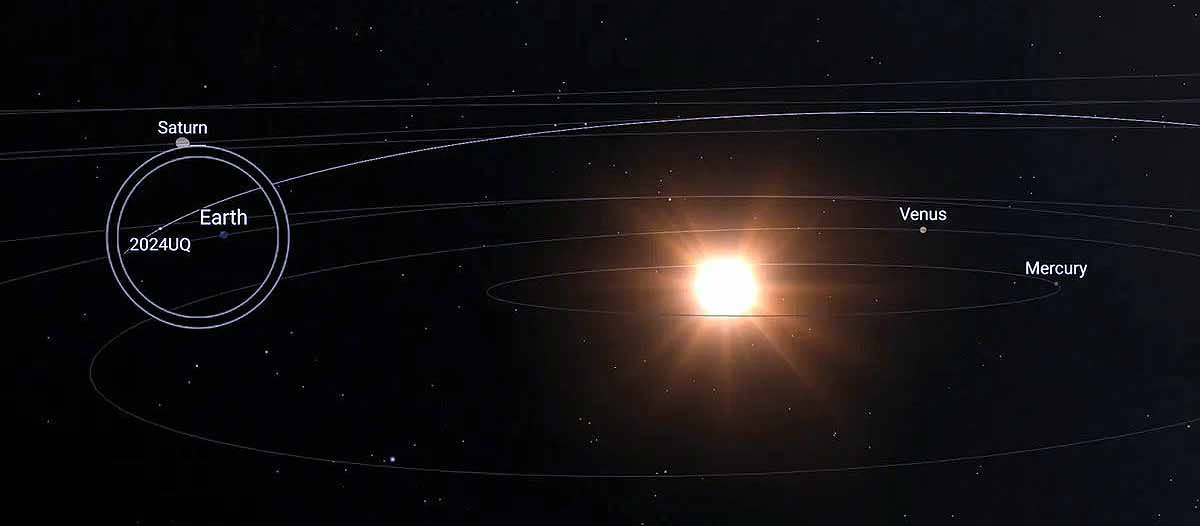Last month, just two hours after its discovery, an asteroid struck Earth's atmosphere, blazing dramatically down into the Pacific Ocean near California. This asteroid somehow slipped past global monitoring systems, managing to approach Earth astonishingly close. Fortunately, the 3-foot wide asteroid posed no threat.
However, if it had fallen in a city, the destruction could have been severe. This asteroid, named 2024 UQ, was detected on October 22, 2024, by the combined efforts of four telescopes under the Asteroid Terrestrial-impact Last Alert System (ATLAS) stationed in Hawaii, which observed an object heading towards Earth.
ALSO READ:

Source: aajtak
It was tracked immediately, and just two hours later, this asteroid had descended into the Pacific Ocean near California, hence the term 'imminent impactor.' The discovery-to-impact time was notably short. By the time the European Space Agency's (ESA) impact monitoring system could track it, it had already entered the ocean.
By the time calculations were complete, the asteroid was gone into the sea
According to the European Space Agency, ATLAS gathered some images, but before they could be thoroughly analyzed, the small asteroid had already breached the atmosphere. It was on a collision course with Earth until it plunged into the Pacific Ocean near California.
ALSO READ:

Source: aajtak
Couldn’t Catch the Intruding Asteroid for the Third Time This Year
The European Space Agency’s Near-Earth Object Coordination Center (NEOCC) reported that NOAA's GOES weather satellites and NASA's Catalina Sky Survey noticed a swiftly moving bright object in the sky. This luminous streak was the asteroid entering Earth’s atmosphere.
This marks the third similar incident this year. Previously, a 3.3-foot wide asteroid, 2024 BX1, disintegrated over Berlin in January. Another, 2024 WR1, burst in the skies over the Philippines on September 4, 2024. These events were captured in videos shared widely on social media, with footage available on YouTube for




